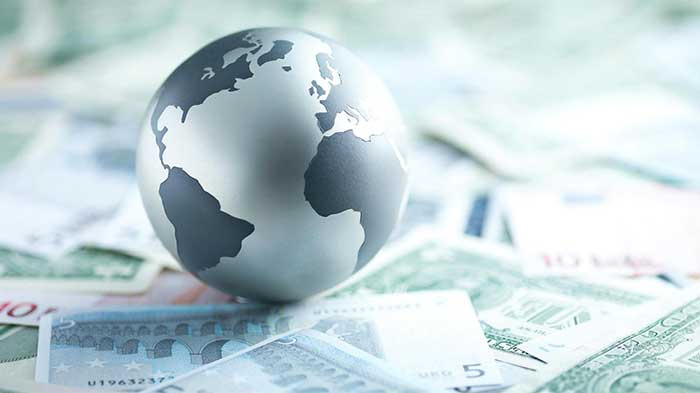Global economy to shift from US and Europe toward Asia and Middle East

PricewaterhouseCoopers (PwC), one of the world’s largest professional-services firms, has recently released a report forecasting the progress of global economy. According to the firm’s prediction, substantial changes will take place in economy at global and national levels. The firm’s study focuses on 32 countries expected to be the world’s most powerful economies in 2030 and 2050, according to projected global gross domestic product, measured by purchasing power parity (PPP).
The report anticipates significant growth for Asian economies, China and India in particular, in the face of regression in the US and Europe. China and India were respectively in possession of 18 and 7 percent of global gross domestic product in 2016. According to the PwC report, these figures will grow to 20 and 15 percent respectively by 2050. In contrast, the share of US and Europe, 16 and 15 percent of global gross domestic product in 2016, will decline to 12 and 9 percent by 2050.
The US, the world’s largest economy in 2016, will rank second after China by 2030. It will be behind China and India by 2050.
In Europe, Russia will stand sixth in the world, ahead of all other European countries. Germany, UK, France, Italy, Spain, Poland and Netherlands, ranking respectively fifth, ninth, twelfth, sixteenth, twenty-third, and twenty-sixth in 2016, will fall to ninth, tenth, twelfth, twenty-first, twenty-sixth, thirtieth, and thirty-second by 2050.
Several Asian countries will see growth. Indonesia will ascend to rank fifth by 2030 and fourth by 2050. Turkey, Saudi Arabia, Pakistan, Iran, Philippines, Vietnam, Bangladesh, Malaysia, and Thailand will ascend respectively to eleventh, thirteenth, sixteenth, seventeenth, nineteenth, twentieth, twenty-third, twenty-fourth and twenty-fifth by 2050. Japan and South Korea, the fourteenth and thirteenth in 2016, will stand at the eighth and eighteenth places.
In Latin America, Brazil, Mexico, Argentina, and Colombia will move up to ranks fifth, seventh, twenty-ninth, and thirty-first by 2050 while in Africa, Nigeria, Egypt, and South Africa will grow to be the fourteenth, fifteenth, and twenty-seventh most powerful economies. Australia, ranked nineteenth in 2016, will be the twenty-third largest economy by 2030 and twenty-eighth by 2050.
As one can see, the world will see a great economic revolution in the next three decades. The world’s economic center of gravity, which has been in North America and Europe in recent centuries, will shift toward the Middle East, Asia, and Latin America. Doubtlessly, the revolution will not remain limited to economy but also include political, military, social, environmental, scientific, cultural, civilizational, technologic, human, and other affairs.
*This is a translation of an article originally published in Persian here.

